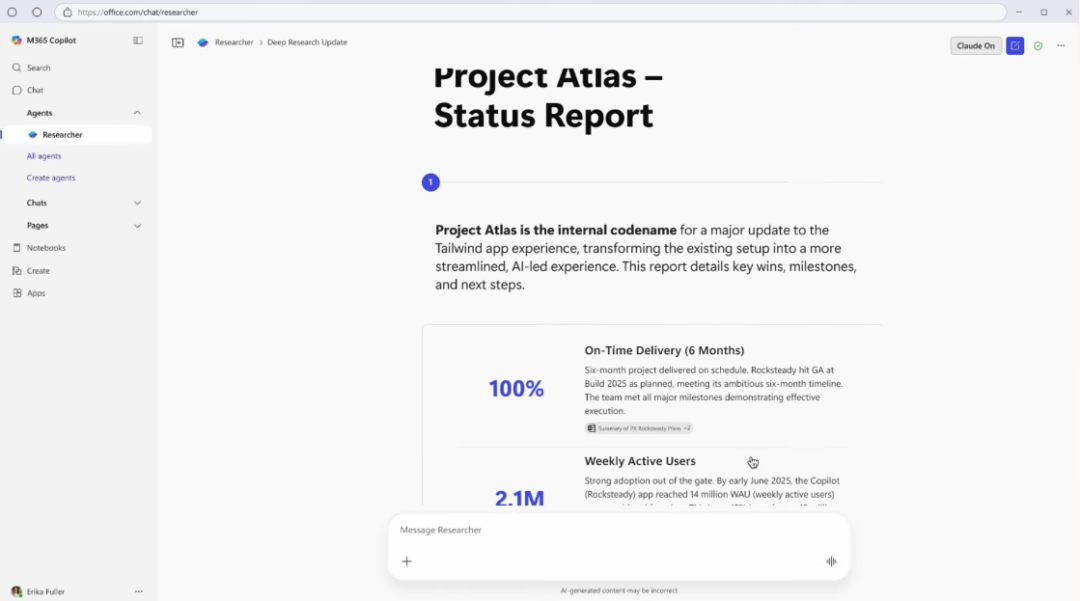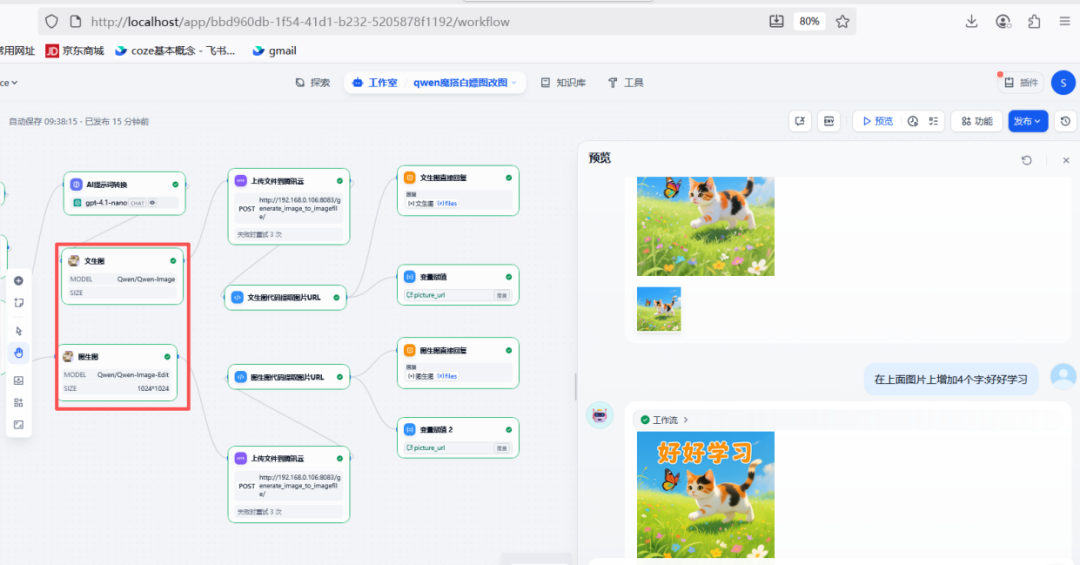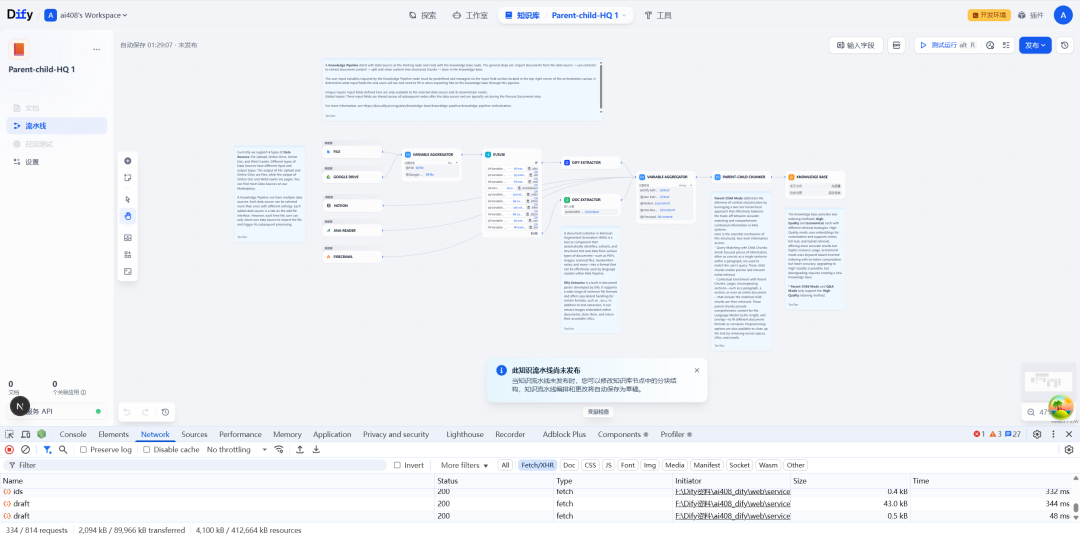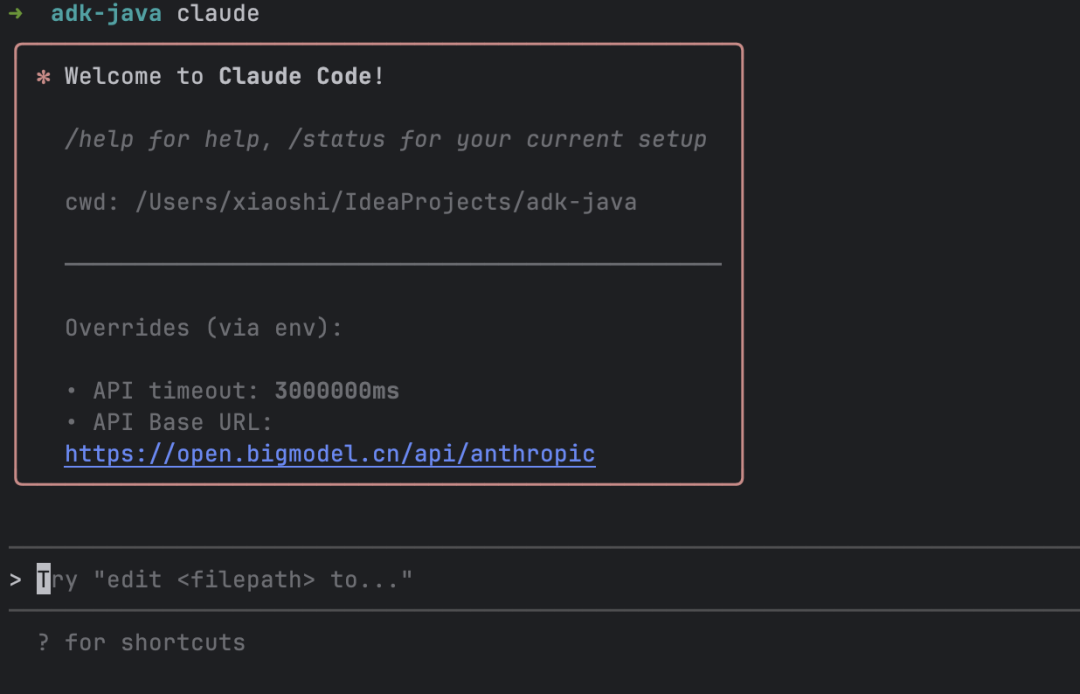Description of the problem
The standard analysis process may fail when faced with shelled or control flow obfuscated binaries. The following are targeted solutions:
Improved methodology
- Dynamic tracking mode: Enter the "Enable Dynamic Taint Tracking" command to track data flow anomalies.
- Pattern Recognition Enhancement: Identify common obfuscation features using the "Detect Anti-Debugging Techniques" directive
- hierarchical analysis (math.): Execute "Extract all strings" and then analyze key segments incrementally.
concrete operation
- Run the standard anti-obfuscation plugin first in Ghidra
- Use "Force Linear Scan" for stubborn code to override all instructions.
- Setting a delay of 0.5-1 second/instruction to prevent API limiting
Expert Tips
Combined with Ghidra's Memory Map feature to manually mark suspicious memory regions to aid AI analysis
This answer comes from the articleGhidraMCP: A Reverse Engineering Tool to Connect AI with GhidraThe

































